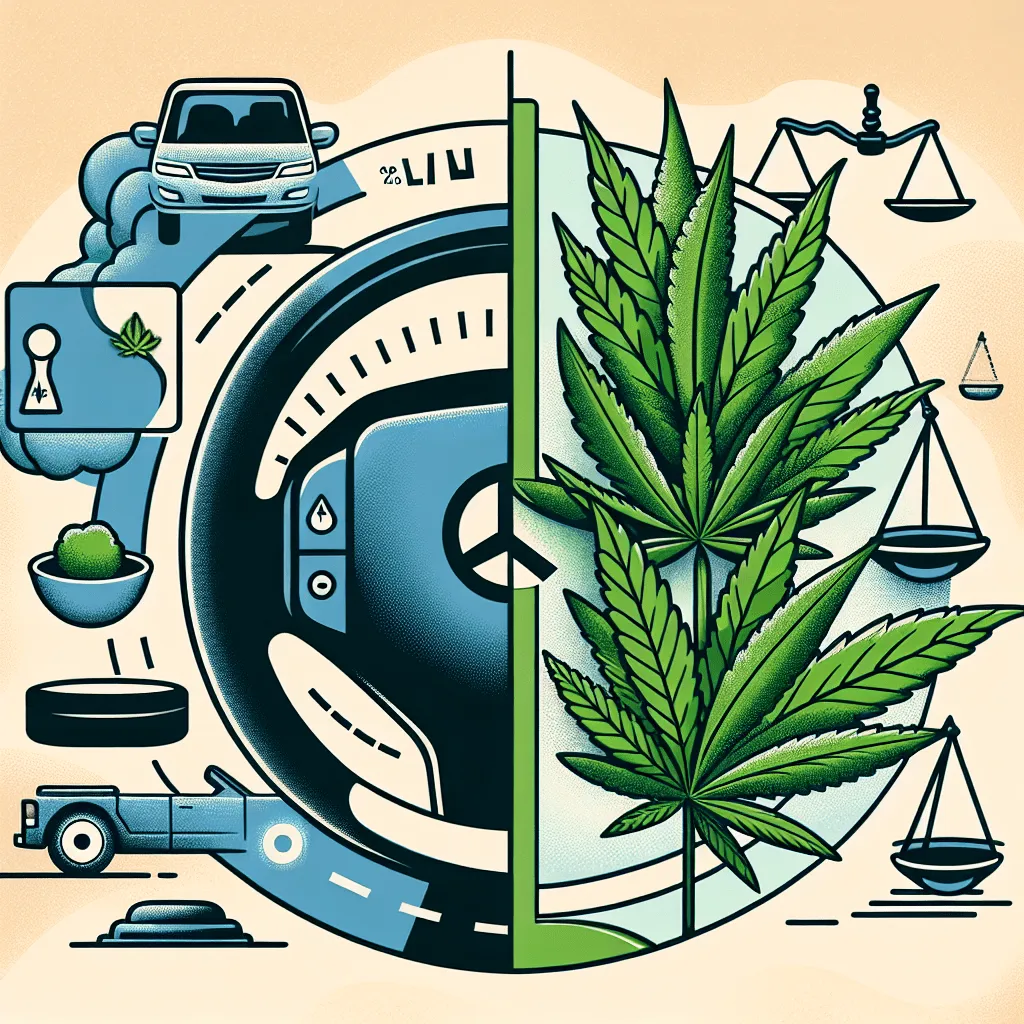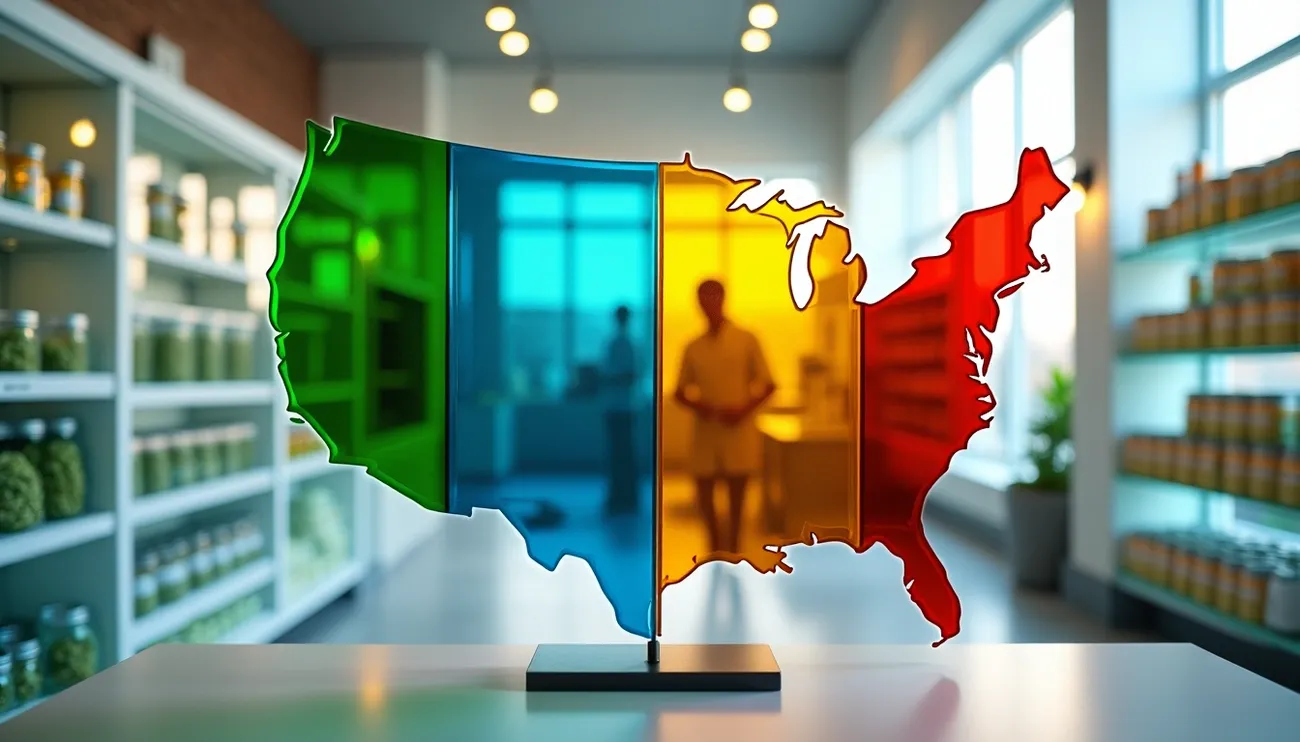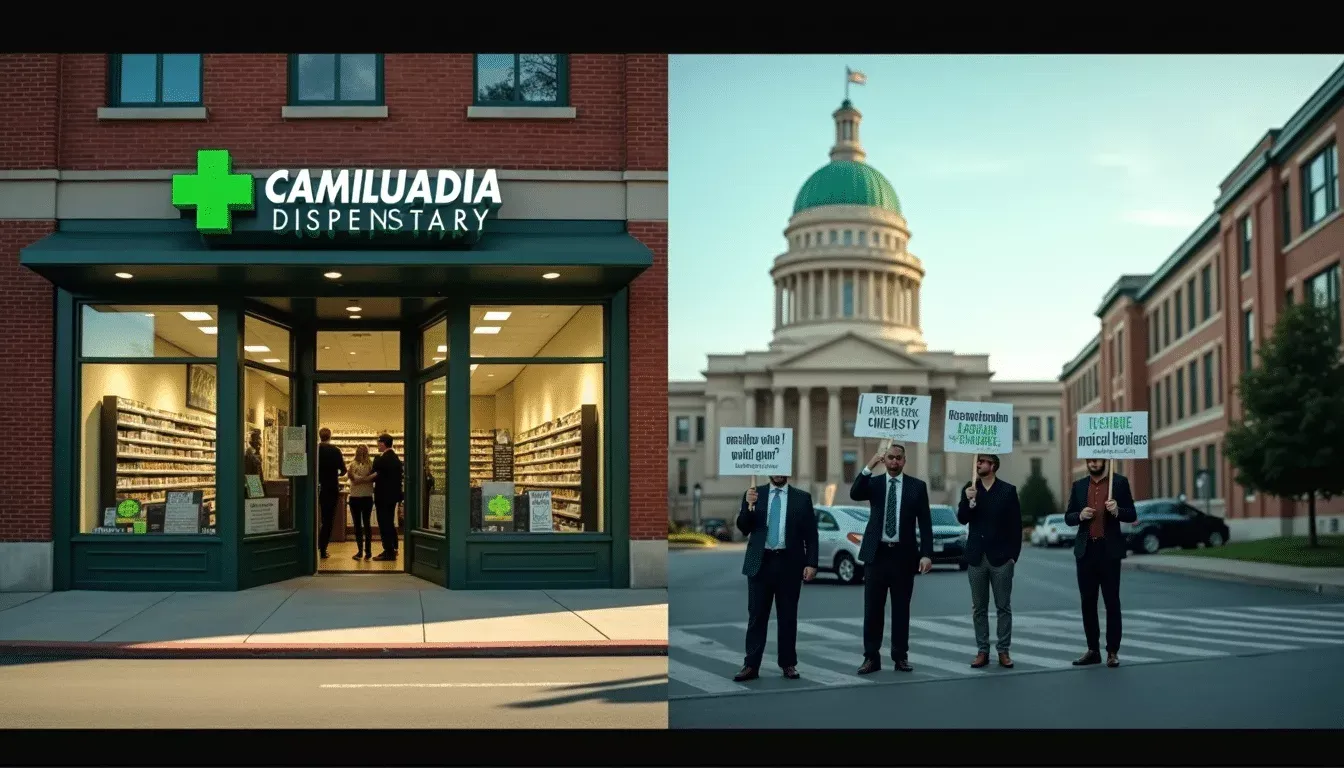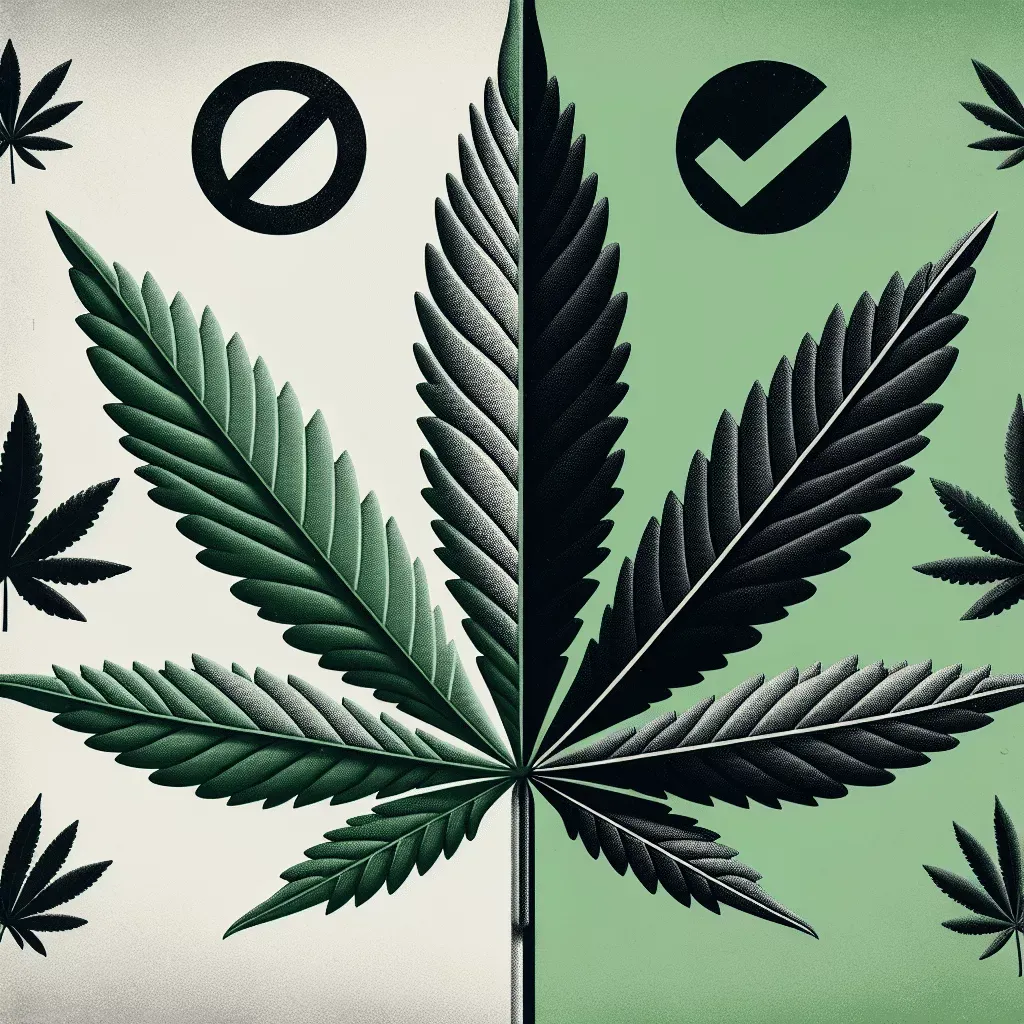Cannabis and Driving: What You Need to Know About the Laws
As the landscape of cannabis legislation continues to evolve across the United States and beyond, one question remains critical for many: What are the laws surrounding cannabis use and driving? This is especially relevant as more states legalize medical and recreational cannabis. Driving under the influence of THC (the psychoactive component in cannabis) presents a conundrum that not only affects personal safety but also invites legal ramifications. In this article, we’ll discuss the current cannabis and driving laws, the implications of cannabis use on driving ability, and practical advice for safely navigating this complex terrain.
Understanding Cannabis and Driving Laws
Cannabis laws vary significantly from one jurisdiction to another. While several states have legalized marijuana for recreational use, others maintain strict regulations or outright prohibit it. Even in states where cannabis is legal, rules about its use while driving can be murky.
In general, driving under the influence of cannabis is illegal in all states. Law enforcement agencies utilize various methods to identify impaired drivers, which can include field sobriety tests, breath or saliva tests, and assessments made by drug recognition experts. However, unlike alcohol, which has a clear legal limit (typically 0.08% blood alcohol content), establishing a legal threshold for THC in the bloodstream is more complicated.
The Complexity of Cannabis Impairment
Cannabis affects individuals differently based on various factors such as dosage, method of consumption, and individual tolerance levels. This variability makes it challenging for law enforcement to gauge impairment effectively. According to the National Highway Traffic Safety Administration (NHTSA), cannabis can impair coordination, reaction time, and cognitive abilities, all of which are essential for safe driving.
Risks of Driving Under the Influence of Cannabis
Statistics indicate that driving after consuming cannabis can lead to an increased risk of accidents. A study published in the Journal of Studies on Alcohol and Drugs found that marijuana use can double the risk of traffic collisions. Importantly, this doesn’t mean that every user will exhibit impaired driving abilities; however, it does underscore the potential risks involved.
For instance, a prominent case in Colorado, where recreational cannabis has been legal since 2012, highlighted the issue. Following legalization, the Colorado Department of Transportation noted an increase in cannabis-related vehicle incidents. These trends alarm public safety advocates and law enforcement agencies, criticizing the need for more public education on cannabis and driving laws.
Practical Tips for Cannabis Users Who Drive
To ensure safe driving and compliance with the law, cannabis users should take the following precautions:
1. Know Your Limits
Understanding your own tolerance to cannabis is crucial. New users, or those who haven’t consumed cannabis in a while, should be particularly cautious. Each strain of cannabis has varying THC levels, and it’s essential to have a clear awareness of how these affect you.
2. Plan Ahead
If you intend to consume cannabis, plan your transportation in advance. Consider designating a sober driver, using rideshare services, or public transport. Many dispensaries also offer information on local transportation options to encourage responsible usage.
3. Wait Before You Drive
Even if you feel fine, it’s prudent to wait a reasonable amount of time after consuming cannabis before getting behind the wheel. The effects of different cannabis products can last anywhere from a couple of hours to several hours, particularly with edibles, which take longer to metabolize.
4. Stay Informed About Your Local Laws
Laws are continually evolving, making it essential to stay informed about the regulations in your area. For example, some states have enacted zero-tolerance policies for THC while driving, which means you could face penalties even at trace levels of THC in your system.
5. Consider Alternative Consumption Methods
If you frequently drive but still wish to use cannabis, consider methods of consumption that are less likely to result in impairment, such as CBD-dominant products, which generally do not have the psychoactive effects associated with THC.
Conclusion
Navigating the intersection of cannabis use and driving is a complex topic that requires careful consideration of laws, personal safety, and public responsibility. Understanding the legal ramifications and potential risks associated with driving under the influence of cannabis is essential for those who choose to consume.
As a responsible cannabis user, you have the power to make informed decisions that prioritize safety, legality, and the well-being of both yourself and others on the road. To deepen your understanding further, explore local resources, legal guides, and educational articles surrounding cannabis laws. And remember, your thoughts and experiences matter—feel free to share your insights in the comments section below!
FAQ
Is it legal to drive after consuming cannabis?
No, it is illegal to drive under the influence of cannabis in most jurisdictions. Driving while impaired by cannabis can lead to serious legal consequences.
How does cannabis affect driving ability?
Cannabis can impair judgment, motor coordination, and reaction times, making driving unsafe.
What are the penalties for driving under the influence of cannabis?
Penalties can include fines, license suspension, mandatory drug education programs, and even jail time, depending on the jurisdiction and the severity of the offense.
Can I be tested for cannabis while driving?
Yes, law enforcement can administer roadside tests for cannabis impairment, including field sobriety tests and saliva or blood tests.
How long should I wait to drive after using cannabis?
It is recommended to wait at least several hours after consuming cannabis before driving, but the exact time can vary depending on individual tolerance and the amount consumed.
Related: medical Marijuana
Share this content:



